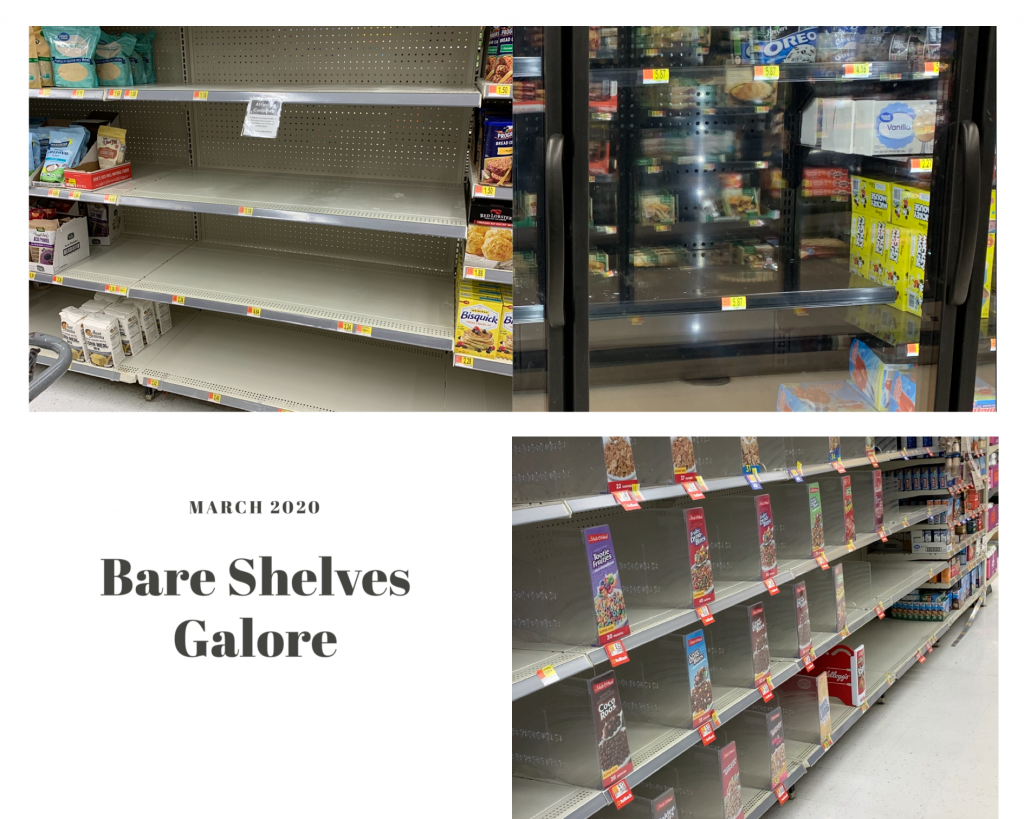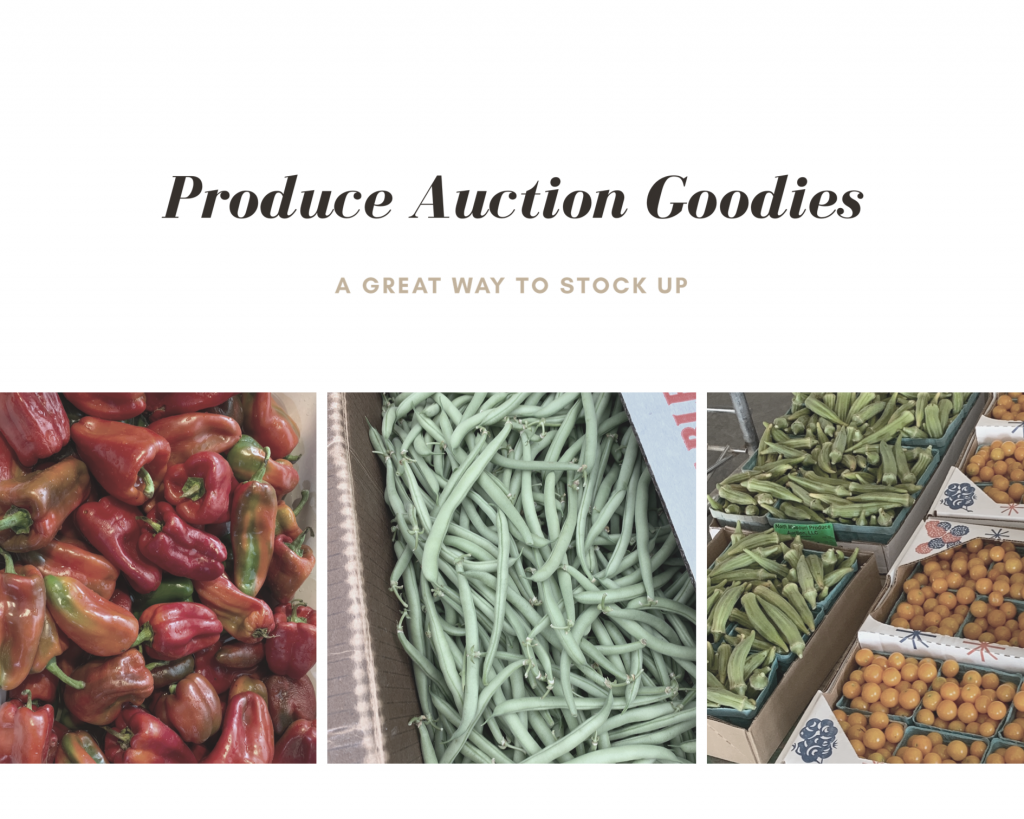This year we have seen so many changes as a society. We have seen store shelves emptied of a variety of things from toilet paper to canning flats. Massive amounts of milk was dumped when the processors couldn’t take all the milk being produced by farmers, even while stores were limiting how much milk could be purchased during a single transaction. Mountains of potatoes were left to rot or were given away. Chickens were euthanized when producers couldn’t market their eggs. Meanwhile the number of people who were food insecure shot up. Why did all this happen and how can we prevent this in the future?
How is Our Food Supply Chain Setup?
“The U.S. has two relatively distinct supply chains: one that supplies grocery stores and one that supplies the food service industry. As the latter was forced to close, it left an entire supply chain in limbo.” National Geographic
As the country came to a sudden halt and shut down institutions and restaurants in an effort to slow the spread of Covid-19 the channels that food is typically distributed through were suddenly broken. As restaurants and schools were shut down to slow the spread of Covid 19, the spread of food insecurity ramped into high gear.
Grocery store shelves were suddenly emptied of a variety of items, while farmers were left with onions, potatoes, beans, cabbage, eggs, and milk that they couldn’t get marketed. Our family of 9 was suddenly faced with the fact that it was nearly impossible to get enough milk for our needs amid the “milk limits” being imposed at local grocery stores, meanwhile our friends who dairy were receiving a letter saying to be prepared to either dump milk or basically give it away.

Now I want you to stop and think about that.
We, along with every other consumer going into our local grocery stores, were being limited to how much milk we could purchase, while our dairy farming friends were facing terribly low prices for their milk and were being told they might be forced to dump milk because there was too much supply.
Say What?? The problem really was about processing and distribution. You see, the dairy industry counts on selling many of those little cartons of milk that are used in schools, restaurants, and hotels. Suddenly, the food service industry was basically shut down. The dairy industry couldn’t respond fast enough to switch production over to half-gallon and gallon jugs necessary for grocery stores. So instead of thinking outside the box that those same kids who like the little cartons of milk they get at school would still be willing to drink milk out of a carton, and providing those cartons as an option at the local grocery store for all the parents who suddenly have their children at home full-time, they slowly worked to switch over production to jugs. Meanwhile, families that labor daily to ensure a healthy, abundant supply of raw milk were faced with incredible stress because they couldn’t sell their milk at a reasonable price. Families like mine were forced to either make multiple trips to the store in hopes that we could get enough milk bought for the week or go without. (Well there was a third option available for some families, purchase raw milk from friends who dairy but certainly not everyone has a neighborhood dairy farm.)
Surely There’s an Alternative
There are those people who buy their food locally, right? Sure, but according to American Farm Bureau, only about 8% of U.S. farms market foods locally, through direct-to-consumer or intermediated sales. If you are part of this 8% as a producer, consumer or both, kudos to you! If you are a part of the 92%, one of the first things you could do to eliminate the types of issues we have experienced with broken food chains this year is to seek out local sources for your food. Whether you find a local farmer(s) to purchase from or you grow some or all of your own food.

If you have never learned to grow some of your own food or even known that food comes from somewhere other than the grocery store, I would encourage you to really start to learn how to grow at least some of your food. There are lots of gardening books and free resources all over the web and in your local library.
Learning to preserve that locally sourced food by freezing, canning or dehydrating is also important. It can be very cost effective to purchase local, in season produce and store it away for later. Not to mention, you have the satisfaction of knowing that even if there are future breaks in the supply chain you have safety nets for your family.
Blessings,
Jennifer
